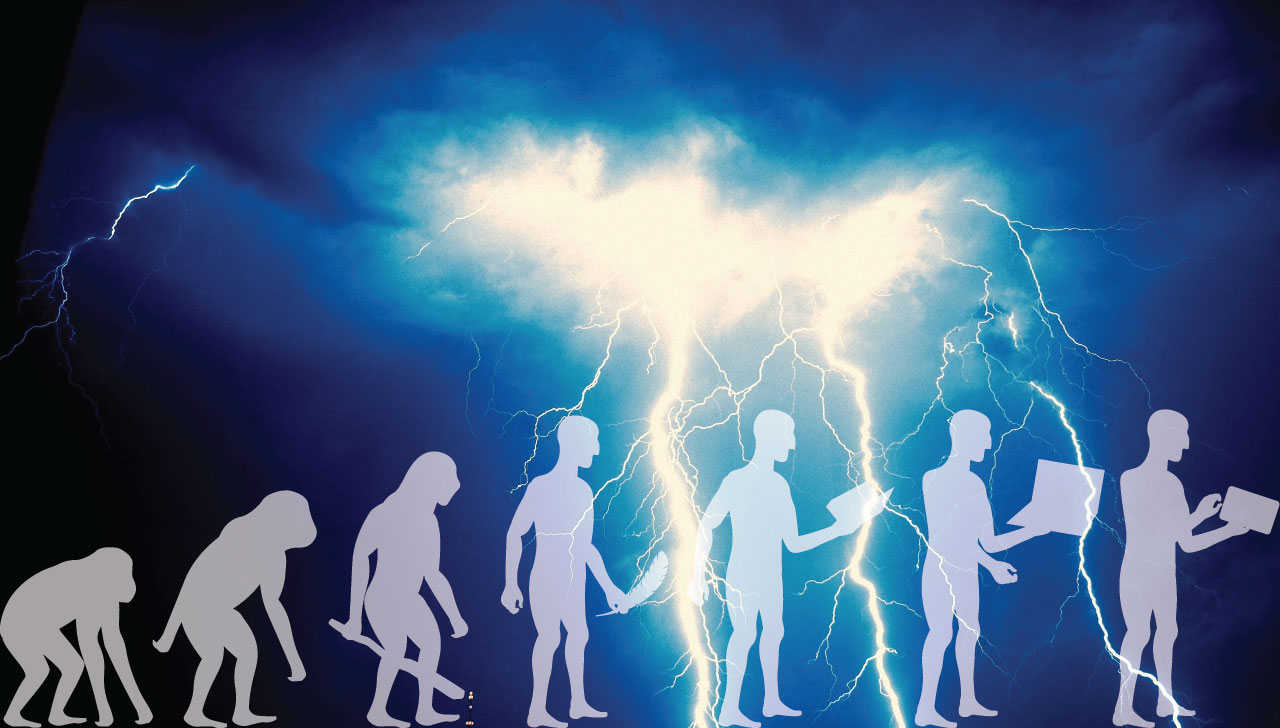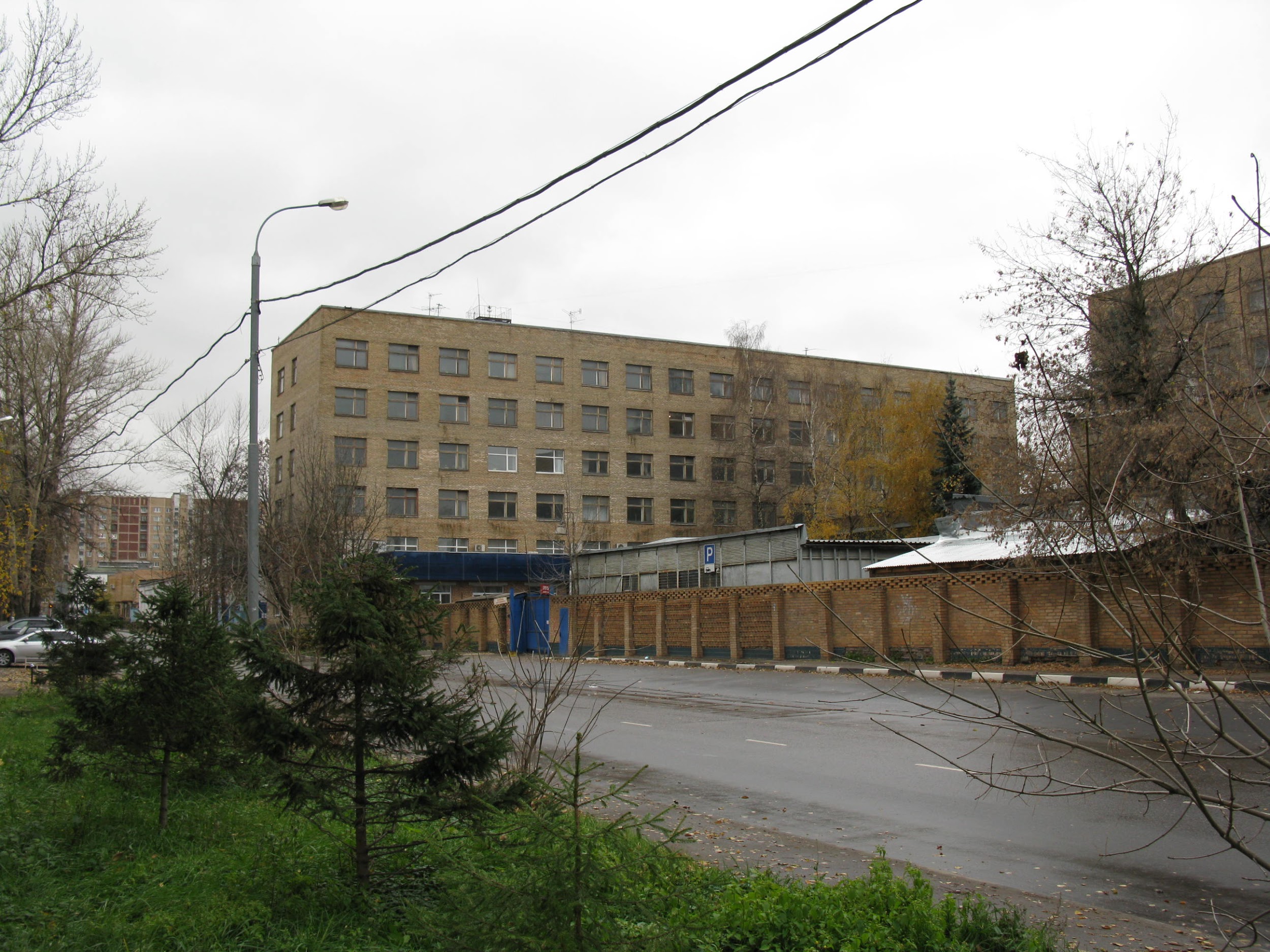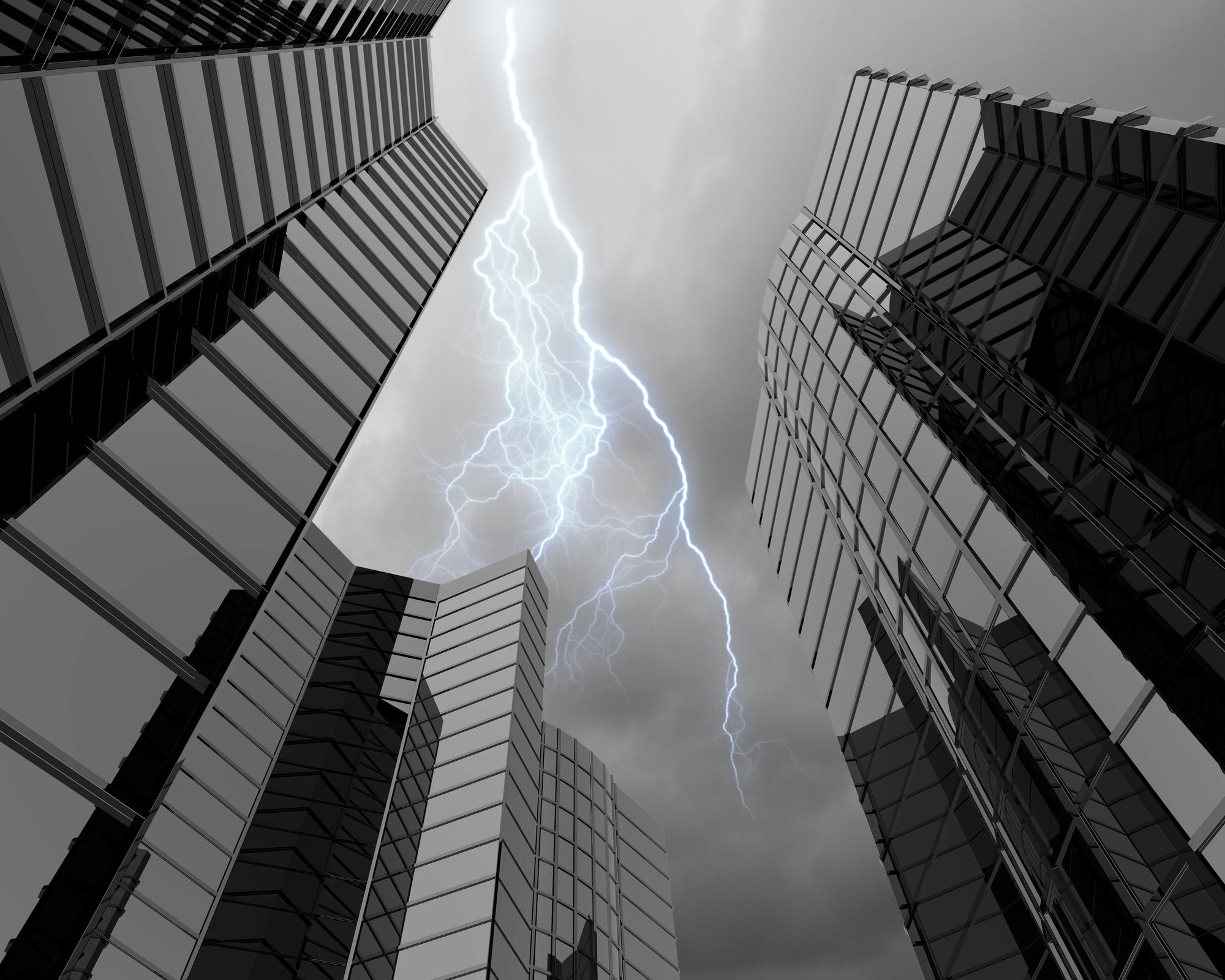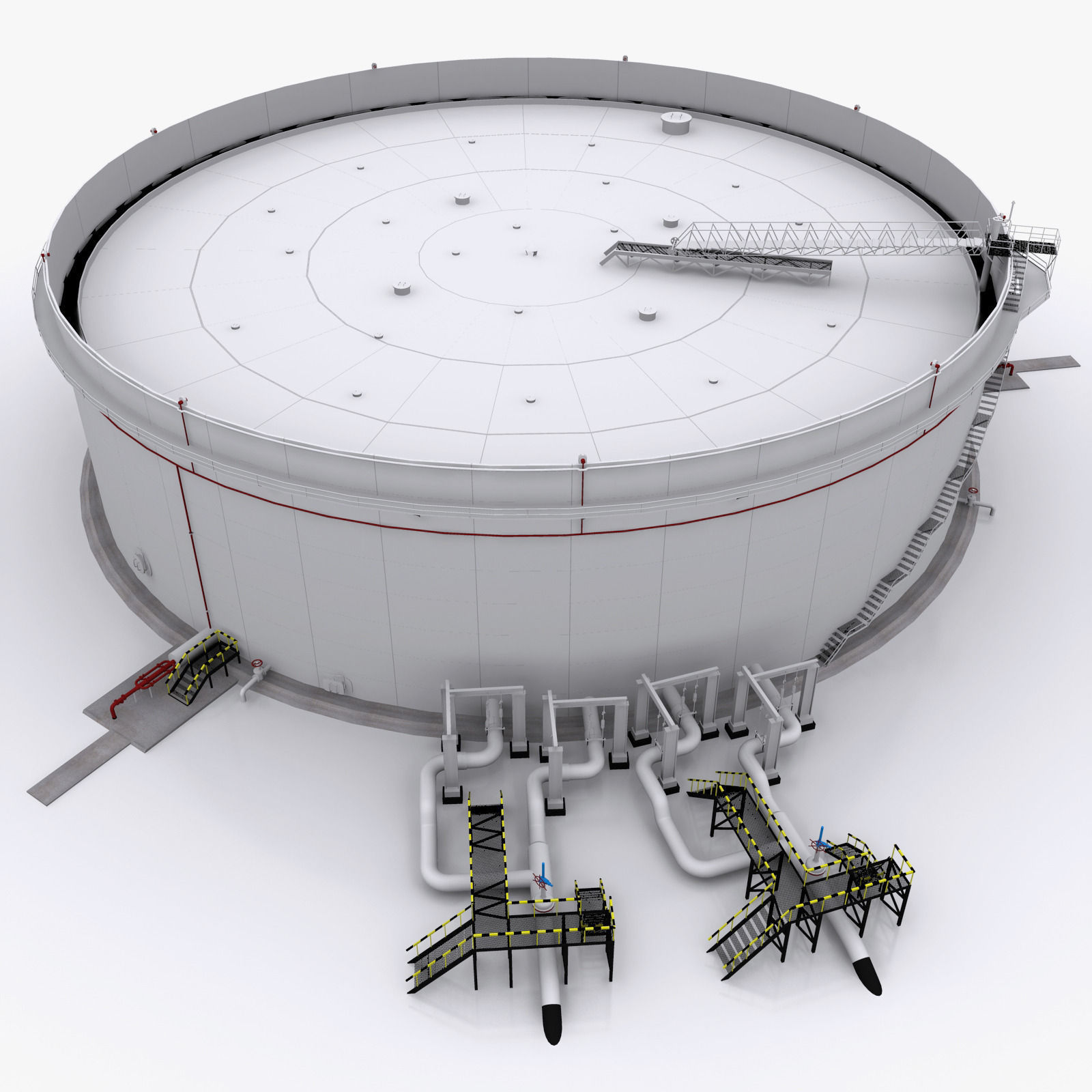
The humanity has known lightnings for a long time. According to the official version, the first lightning arrester was created in 1760 by Benjamin Franklin. In Russia, the first lightning arrester was installed in 1768 on the Peter and Paul Cathedral in Saint Petersburg. However, we have data showing that the first lightning arrester in Russia was built in the Urals in about 1735, and it was the first lightning arrester in the world. One way or another, only in the 20th century our country decided to systematize the use of lightning protection by generating the respective standards. The history of these standards is very interesting and informative. It will certainly be useful for the current users of the design services.
Lightning Protection of Electrical Installations
In 1910–1911, the 6th All-Russian Electrotechnical Congress was held in Saint Petersburg, when a prototype of the current Electrical Installations Code was accepted. Measures to protect the electrical equipment against the lightning strike were described therein. The All-Russian Electrotechnical Congresses were held, and after the October Revolution, the final, the 9th Congress, was held in 1929. In 1921, in the previous, 8th Congress, the Rules for Safety and Installation of Electrotechnical Structures of Strong Currents and Low and High Voltages were adopted.
After the Great Patriotic War, in 1946–1949, separate chapters of the Rules for Electrotechnical Installations were issued (now, this document is called the Electrical Installations Code, abbreviated as the EIC), wherein the standards associated with the electrical installations, including their lightning protection measures, were integrated. Current (the 7th) revision of the EIC has been effective since 2003.
The evolution of lightning protection standards related to the power industry is mainly associated with the progressive penetration of electricity into all areas. More new electrical installations appear, and the methods for the lightning protection are reflected in the new EIC revisions. And it is natural that the improvement of the measuring devices had its effect. In 2003, it was much easier to measure the parameters of the lightning discharge than in 1910. Therefore, the standards have become more accurate. They contain more particular recommendations.
Lightning Protection of Communication Systems
Development of the standards for lightning protection of communication systems in Russia is inseparably associated with Dr. Sc., Prof. M.I. Mikhailov, and the laboratory in the Central Communications Research Institute headed by him. To identify the correct lightning protection measures that would be effective in the entire USSR territory, we had to define the soil resistance for various depths and different frequencies in different regions of the country. This task was successfully solved in the 1950s, and for this, an unique laboratory located in a separate railroad car was used. Another problem during the standard development was the so-called electrohydraulic effect taking place when the lightning gets into the cable located in a wet soil. This effect was also studied in details using the unique mobile laboratory. Based on these research conducted under the guidance of M.I. Mikhailov, in the 1960s, the Central Communications Research Institute was the first to issue Guidelines for Protection of Cable Communication Lines Against the Lightning Strikes in our country. The works of M.I. Mikhailov and his followers had a great effect on the generation of standards for lightning protection of the communication systems not only in the USSR but also in other countries.

The research conducted in the Central Communications Research Institute had a great impact on the development of standards for the lightning protection in telecoms not only in the USSR but also abroad.
Note that the transition to fiber optics does not preclude the need to protect against the lightning strike. The fiber optic cable may contain metal wires for powering the intermediate equipment as well as the metal elements improving its strength. Moreover, the lightning strike to the fiber optic cable is capable of changing the optic fiber properties for some time, which leads to the communication failures. These factors have been considered in the Guidelines to Protect Optical Cables against the Lightning Strikes issued by the Central Communications Research Institute in 1996.
The modern document defining the lightning protection for the wire communication objects is the Rules for Technical Operation of the Primary Systems of Interconnected Communication Networks adopted in 1998 by the State Communication Committee of the Russian Federation.
The first Guidelines for the Lightning Protection of the Communication Objects were adopted in Russia in 1968. Then, in 1977, the Ministry of Communications of the USSR adopted the agency construction standards VSN 1-77 Instructions for Design of Lightning Protection of Radiocommunication Objects. The currently effective version of these Instructions VSN 1-93 was adopted in 1993. It was adopted already by the Ministry of Communications of Russia.
Lightning Protection in Construction
In the USSR, from 1930 and up to the Great Patriotic War, it was officially recommended to use, during the building construction, as few metal structures as possible. The metal roof use was also limited. The metal was required for the country industrialization. The simplest lightning arresters are used in these buildings, so that there were no special construction standards adopted in those years.
After the war, to restore cities, the reinforced concrete structures began to use massively. This required the use of more complex lightning arresters as well as the earthing system for metal building elements. The mass construction of reinforced concrete has begun since 1955. Therefore, the time was required to gain the statistics and make conclusions. Therefore, the first Guidelines for Design and Installation of Lightning Protection of Buildings and Structures SN 305-69 were issued by Gosstroy of the USSR only in 1969. Only 8 years have passed, but the knowledge in the lightning nature have improved, and this required to develop a new regulatory document SN 305-77 Instructions for Design and Installation of Lightning Protection Buildings and Structures. At the same time, there was a significant work to identify the specifics of the lightning protection in each USSR region. And based on this research, RD 34.21.122-87 Instructions for Installation of Lightning Protection of Buildings and Structures were developed. Although the document has some drawbacks, generally it was so good that it has been used until the present.

Lightning protection of gas storage facilities is performed according to the special standards
In 2003, SO 153-34.21.122-2003 Instructions for Lightning Protection of Buildings, Structures, and Industrial Communications were issued which did not cancel the RD 34.21.122-87 standards. Due to the collision associated with the effect of both documents, in 2004, Rostekhnadzor even issued a special explanation that according to the effective Russian legislation, both documents are recommendatory. Therefore, the provisions of either of them or a combination of the provisions from both documents can be used.
Current Situation
The current trend is to adopt the lightning protection standards in Russia, which are the adaptation of the International Electrotechnical Commission (IEC) standards. With this, deviations may be from other regulations, which have not been cancelled yet. The most widely known example is the marked difference from the techniques to calculate the lightning protection zone according to GOST IEC 62305 (IEC 62305) and RD 34.21.122-87. And it is impossible to cancel the existing regulatory framework that was developed in the USSR and in the first post-Soviet years. It reflects the specifics of geographic location of our country as well as the already formed approaches in the construction. For this reason, it is better to avoid to design the lightning protection independently but rather contact the qualified specialists.
Future Together with Specialists
Until now, the lightning has been the least studied natural event. The further we go, the more new events associated with the lightning are identified. For example, high-rise buildings may be a source of electrical discharges in the atmosphere. Previously, few people thought of it but now, due to a wide development of high-rise construction, this effect must be taken into account.

Further development of high-rise construction requires a possible introduction of the new lighting protection standards.
But the technologies provide new opportunities for lightning research for us. For example, unmanned airborne devices will allow to study the lightning discharge from the inside without any risk. And it will become a typical method of research instead of a unique achievement, which allows obtaining a more complete statistical sampling. Cloud calculations and neural networks provide new opportunities for analyzing data on lightnings obtained during observations.
Nevertheless, even in the digital future, the design of lightning protection systems requires expert knowledge, and you cannot make it without highly-experienced designers. Contact the ZANDZ.COM Technical Center, and you will receive the most relevant and optimal solution from the lightning protection specialists.
Related Articles:
 Protection of Fuel and Lubricant Materials (FLM) Storages with Floating Roofs Against the Static Electricity
Protection of Fuel and Lubricant Materials (FLM) Storages with Floating Roofs Against the Static Electricity
 2019 ZANDZ Competition for the Best Earthing System and Lightning Protection
2019 ZANDZ Competition for the Best Earthing System and Lightning Protection



